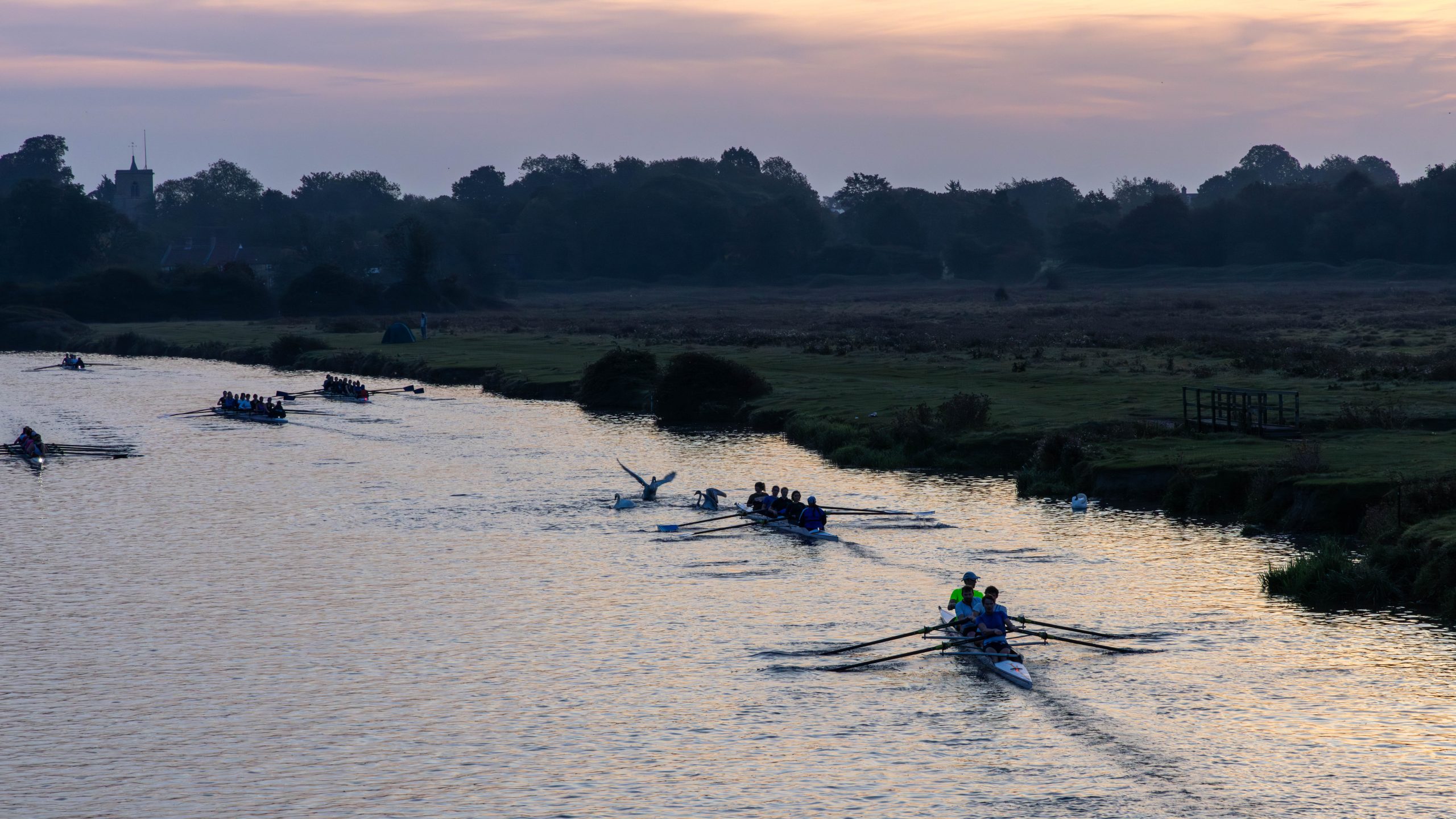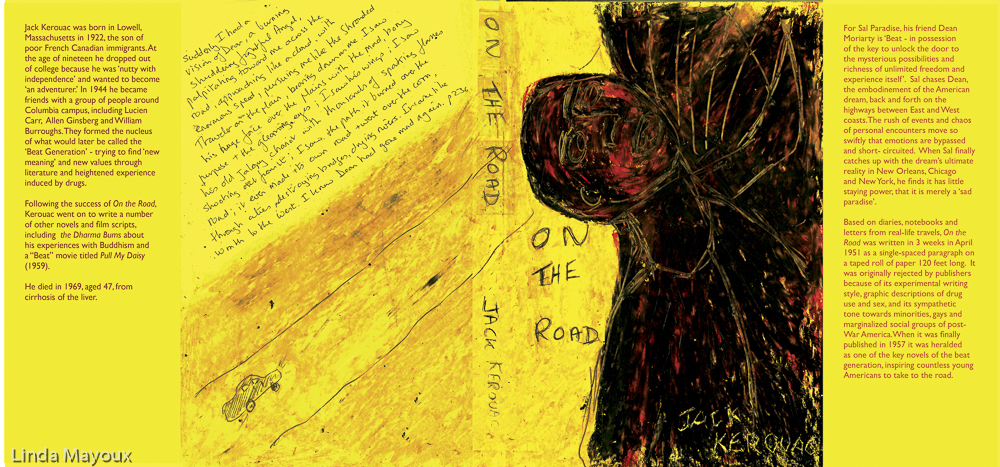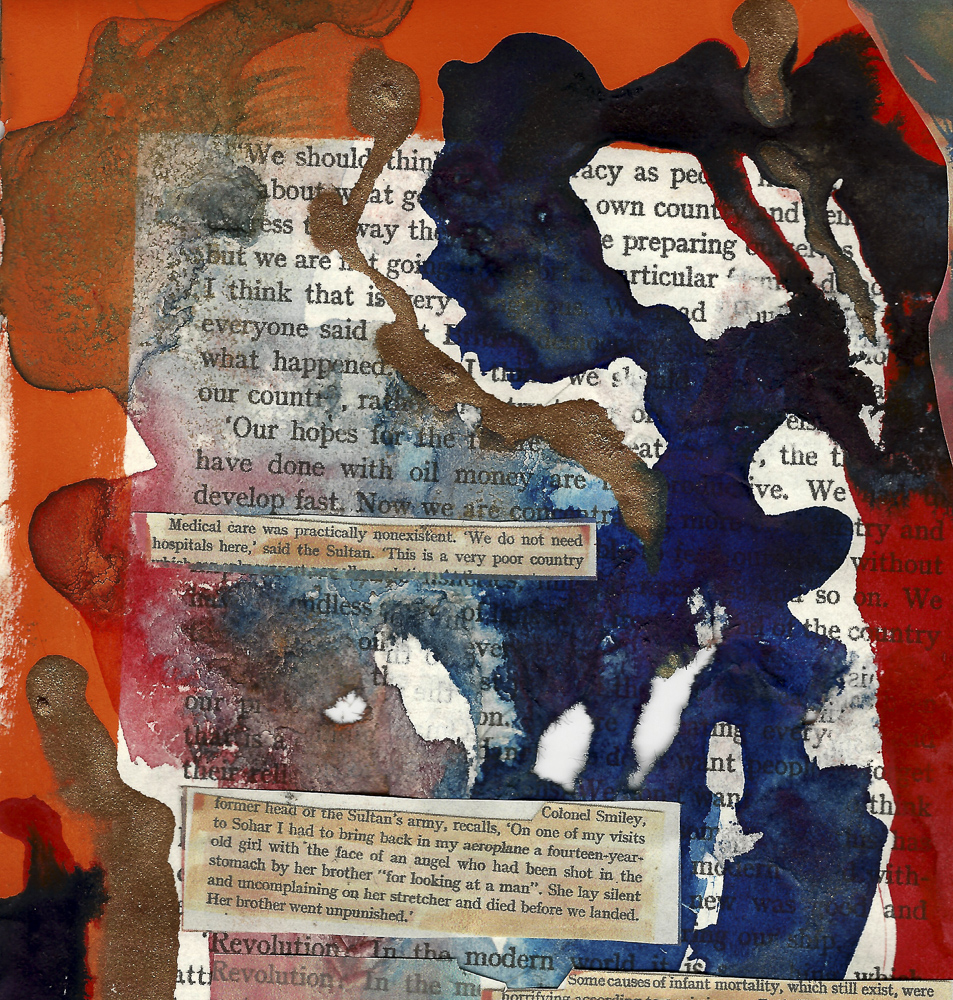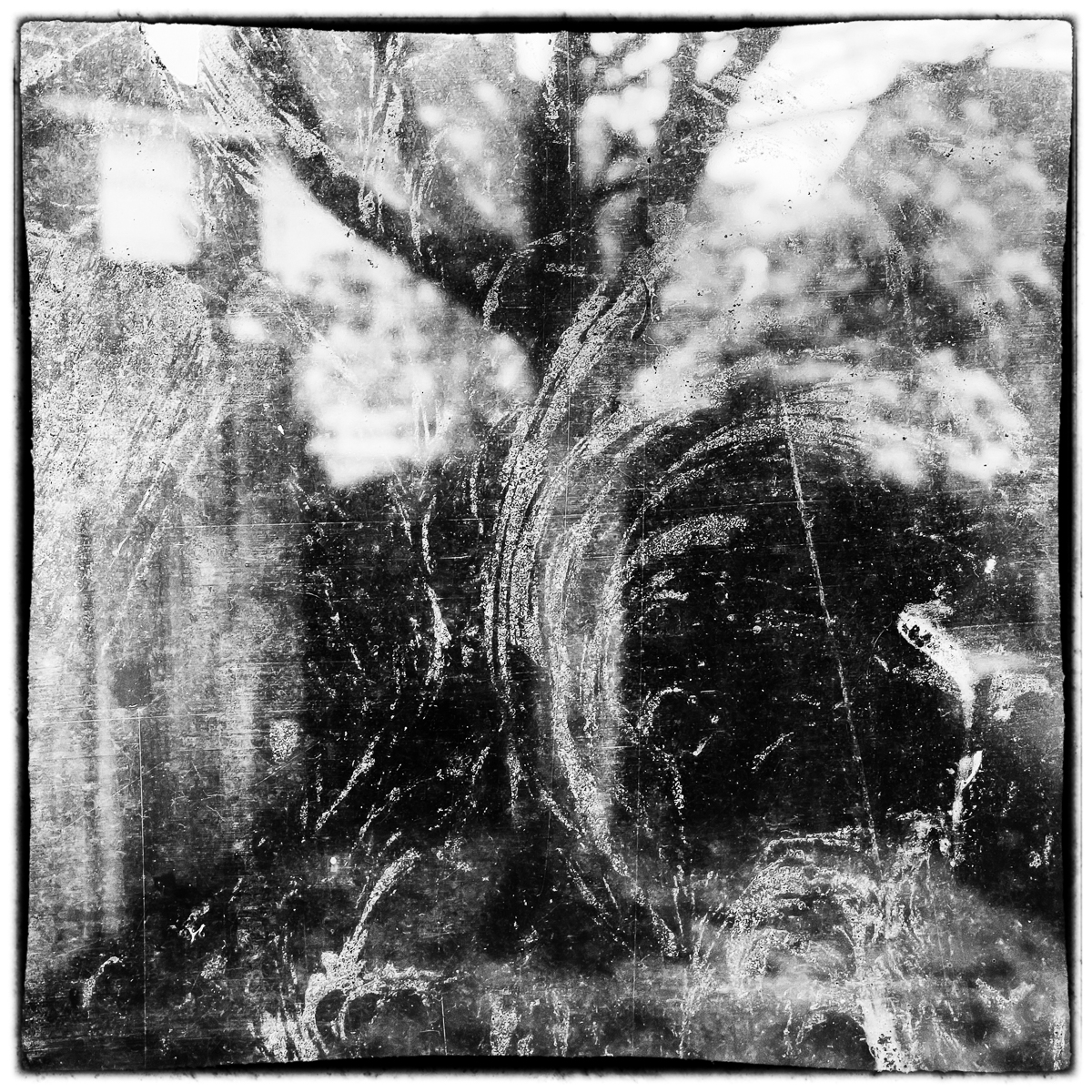Task
Whether working directly with another photographer or practitioner in the creative process,
drawing upon the work or materials of others can offer new ways of thinking and new
opportunities for creative output. Collaboration is also integral to operating effectively in
professional arenas: you’ll need to utilise expertise that, for whatever reason, may not be
readily accessible to you. Developing a positive approach to collaboration will lead to more
opportunities and potentially make your practice more engaging.
Reflect on your creative practice – your photography – and also maybe aspects of your life
beyond or outside of this:
- How have you allowed the input of others to shape your photographic practice?
- What is your attitude towards drawing from the ideas of other people, or their work?
- How do you discern between ‘collaboration’, ‘appropriation’ and ‘plagiarism’?
“…we all more or less take the same photographs…But we don’t learn that at school and our parents don’t tell us, so there must be some kind of unspoken or unconscious code, of how we want to depict our lives, or our societies and this is not very well researched. We all contribute to that, there is not much originality and that’s also true for most of the photography we find in the art world. You find the same repetitive patterns there, they are just more consciously elaborated.”
Joachim Schmid in CASPER, 2013 quoted Coursse material.
“While the intent of photographing a sunset maybe to capture something ephemeral or to assert an individual subjective point of view – the result is quite the opposite – through the technology of our common camera we experience the power of millions of synoptic views, all shared the same way, at the same moment. To claim individual authorship while photographing a sunset is to disengage from this collective practise and therefore negate a large part of why capturing a sunset is so irresistible in the first place.”
Penelope Umbrico in ALEXANDER, 2015: 61









Project Process
Keith Mason’s Proposal
Place from Sunrise to Sunset – the differences between us (geography and life) and the similarities.
Concept – take pictures of the sunrise and sunset on a particular day this week, plus three during middle of the day (say 11am, 1pm, 4pm). Your shots could be from the same location (front door step) or varied. The result could be a visual time line of participants / group, or layering the photos into a collage or similar.
My original idea: What colour is autumn?
I would like to collaborate with people interested in collectively developing a series of alternative ‘essence of autumn’ images that are less stereotypical and more creative and meaningful for the 21st century than the ones we normally see.
In Europe this month is now technically in autumn. But in UK there is abnormally warm weather over much of the country. What I see in my garden and walks by the river ranges from remnants of bright green to dull fading greens of dying grass, grey whites and browns of dried seed heads and white purple-veined convolvulus flowers spreading in dark green hedge shadows. The occasional yellow flowerhead, faded red poppy and blue cornflower. There are only occasional splashes of the traditional autumn oranges and reds of turning leaves that I assume will at some point in the near future burst to fill the conventionally picturesque autumn scene, Though actually what I see are mostly terminally shrivelled rusty browns of diseased horse chestnut trees. I am anticipating later the melancholy end-of-year dark browns and purples of decaying wet leaves, punctuated with white grey mushrooms and fungus.
I apologise for the late night lyricism. But I have many questions, for example:
- What is colour anyway, given that we all perceive things rather differently? What does the camera capture when we talk of colour? How ‘accurate’ can photography be? and, given the variations in individual perception, what do we mean by ‘accurate’ amyway?
- What are the geographical differences in ’objective colours of autumn’? Are autumn colours different in urban areas and cities than in rural areas? In other regions of the Northern hemisphere? In the Southern hemisphere Spring?
- How is ‘objective’ colour linked to our subjective emotional associations? How do different colours convey different moods associated with autumn? How does this vary between cultures?
- How does climate change and what we actually see this year affect our conception of ‘autumn colours’?
These are only my initial late night thoughts. Other people may have very different conceptions and questions to shape the discussion. On a practical manageability level in the timeframe, photographs could be existing photographs, new images through the window of the street or garden, a walk around where you live or further afield, objects brought home, something more abstract etc etc etc etc.
Collaboration process
I proposed my original idea because it was very relevant for my landscape documentary work – raising issues about ‘photographic truth’:
- how do concepts of ‘autumn’ relate to ‘reality’ and what is an ‘autumn picture’ compared to a picture ‘taken in the autumn months’
- what might be meant by ‘accuracy’ of colours in digital capture and digital manipulation
- how might concepts of autumn be changing as a result of climate change
- how might different collaborators and viewers respond to the same concepts and issue.
My idea got 2 likes, but no direct requests to collaborate.
So I chose Keith Mason’s idea because it would enable me to ask similar conceptual and practical questions about sunrise and sunset. One of my main priorities at this stage of the course was to go back to basics to improve my photography technique. Before then getting back to more familiar territory of visual communication through experimenting with different digital styles, narrative construction and book design.
Communications and organisation on Teams proved a bit difficult because of a combination of technical learning curve, lack of clear guidelines on exactly what to do (eg how to form a ‘group’, and differing time schedules of other work. All likely to be issues at the beginning of in other new collaborative processes, but made especially difficult because of the very short timeline to make decisions. Initially a third person asked to join our group, but left because they wanted to get on immediately and Keith was busy. So Keith and I made a group of 2 people and had a chat on Teams.
Photographic process
I also needed to start immediately – partly because I wanted to work when the weather forecast was sunny and therefore more conventionally ‘sunrise/sunset’ than the rest of the grey and rainy week.
I woke up just before it got light and rushed down the road to catch the sun, but then it was difficult to know with the clouds exactly when sunrise started and ended. Then similarly with the cloudy sunset, I just stayed till I got too cold. But waiting around for a sunset that never really happened was a good excuse to just hang around, looking as if I had purpose, but enabling ‘participant observation’ ie eavesdrop on all sorts of random conversations, watching how people enjoyed their evening and get greater spontaneous understanding of how people felt about the location and the time of day.
I don’t think I got any stunning images. I was still getting to grips with a new camera, so the project was really good to experiment with settings in very different lighting conditions. The sunrise also is the time along the river when it is crowded with joggers and rowers with their accompanying minders on bikes. So it was also good practice in making instant decisions on how to balance the shutter speed, aperture and ISO to get different effects. Then thinking how I can ‘improve’ through minimal processing in Lightroom.
Technical Issues and questions
Shot on Canon R5 with 28 – 105mm Zoom with autofocus and image stabiliser
The sunrise and sunset images were shot at 1250 – 1600 ISO at -1EV in order to expose for sunlight highlights and get enough shutter speed to get reasonably sharp movement. Tripod would have not achieved this. These images were pretty noisy so I used Lightroom Denoise AI. Is there any way I can get better sunrise and sunset shots? Am I missing something obvious?
In order to develop the book we worked on Teams, which proved pretty smooth to combine text chat and video calls to both pc and iPhone.
We each sent an initial selection of images. I did an initial design mock-up, we then reviewed our selection of images to make a narrative.
I think this was probably easier because there were only two of us. It might well be much more complex with more people.









